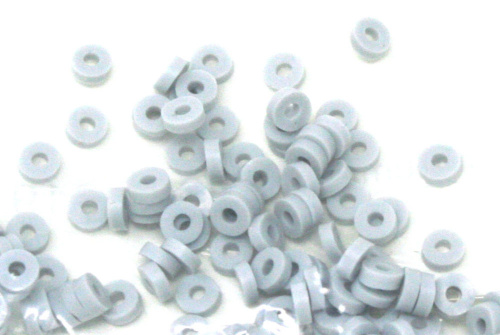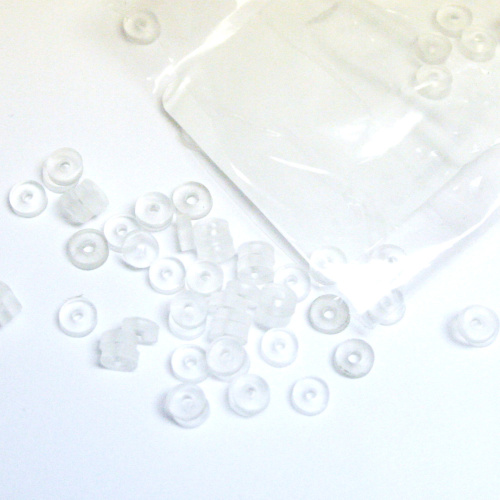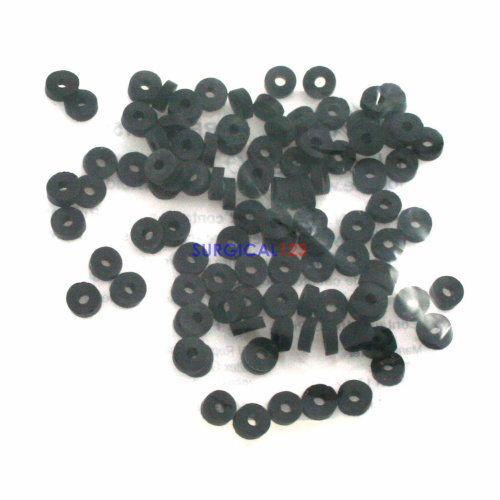Hemorrhoid Bands for Sale
Hemorrhoid Banding: A Guide to the Procedure and Recovery
Hemorrhoids affect about 1 in 20 Americans. They are swollen veins in the anus or rectal area. This condition can be very irritating and uncomfortable. You may often feel pain and itching which can make everyday activities distressing.
While sometimes they can go away on their own, most times you may need hemorrhoid treatment. If at-home treatments don’t work, consider hemorrhoid banding. Below is a comprehensive guide that can help you understand the hemorrhoid banding process and how it works.
What is Hemorrhoid Banding?
It’s a minimally invasive procedure that involves tying the base of hemorrhoid using a hemorrhoid ligator band. This hemorrhoid ligating device will stop blood flow to hemorrhoids. This treatment is only an option for internal hemorrhoids.
Preparation of Hemorrhoid Banding
During your evaluation before hemorrhoid banding, the doctor will assess your health to find out if you’re a suitable candidate for the procedure. Don’t forget to tell your doctor about any medicines you’re taking.
Also, inform them about your allergies. For example, if you are allergic to latex, they can use latex-free O-ring hemorrhoid bands for your treatment. Your doctor will then give you recommendations in the lead-up to the procedure.
Here are some of the recommendations:
- Avoid using blood thinner medications
- Empty your colon with an enema or laxative
- Bring someone to take you home after the procedure
What to Expect During the Hemorrhoid Banding Procedure
The entire procedure will take about 5 minutes. Here's what to expect:
Step 1: Get an Anesthesia
Your doctor will apply a topical anesthetic to your rectum. If your condition is very painful and you need a lot of hemorrhoid bands, you may be given general anesthesia.
Step 2: Banding
After administering an anesthetic, they will insert an anoscope. This lighted tube helps your doctor find the hemorrhoids. They’ll then insert a hemorrhoid ligator through the anoscope.
Your doctor will use the ligator to tie a hemorrhoid rubber band at the base of hemorrhoid. This will help to constrict blood flow. If you don't have reactions to latex, a latex hemorrhoid bands will work just fine.
Step 3: Post-Care
After the procedure, you can begin recovery. You may return to regular activities right away or need 2 to 3 days of bed rest.
How the Recovery of Hemorrhoid Banding Looks Like
A few days after hemorrhoid banding, you should expect symptoms like gas, flatulence, abdominal pain, bleeding, abdominal swelling, and constipation. Your hemorrhoids will eventually dry up and fall off on their own 1-2 weeks after the procedure.
Some hemorrhoid banding recovery tips include:
- Take a laxative or stool softener to help prevent constipation and bloating
- Avoid heavy lifting and straining
- Eat high-fiber foods
- Take prescribed antibiotics as directed
- Drink a lot of water
- Take a Sitz bath
- Avoid using toilet paper and use wipes or medicated pads instead
- Visit the toilet as soon as you feel the urge
Get Quality Treatment for Hemorrhoids
For stubborn hemorrhoids, banding can be an effective treatment since it has lower risks. But you can’t perform hemorrhoid banding without the proper tools.
At SURGICAL123.COM, we offer premium tools for hemorrhoid treatments. From Mcgiveney hemorrhoid ligators and suction ligators to Barron ligator and hemorrhoid O rings, we’ve got you covered. Get in touch with us to find the right product.
Recent Posts
-
Podiatrist Nippers
Podiatry Instruments When it comes to foot care, podiatry instruments play a crucial role in ensurin …Nov 24th 2025 -
What is a Rongeur?
A Rongeur is a surgical dental instrument with a sharp edge scoop shaped tip. Rongeur is used for go …Nov 24th 2025 -
NIH to invest another $515M over four years for long Covid research
NIH to invest another $515M over four years for long Covid researchRead more at: https://www.fierceb …Feb 15th 2024


